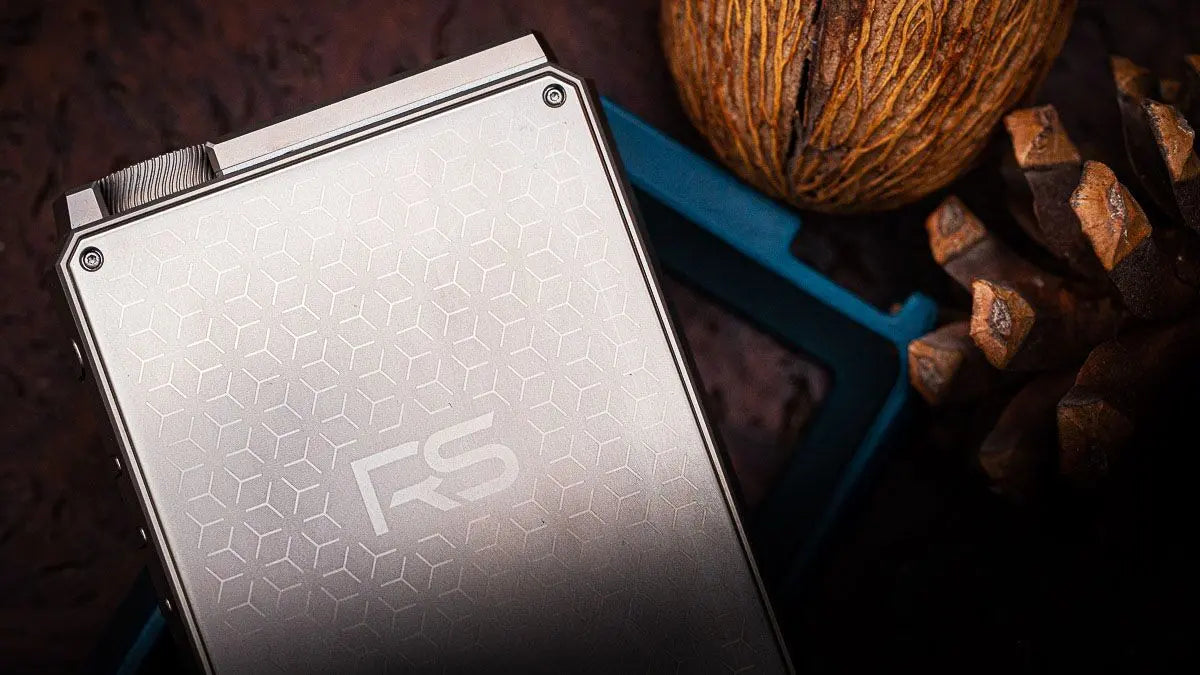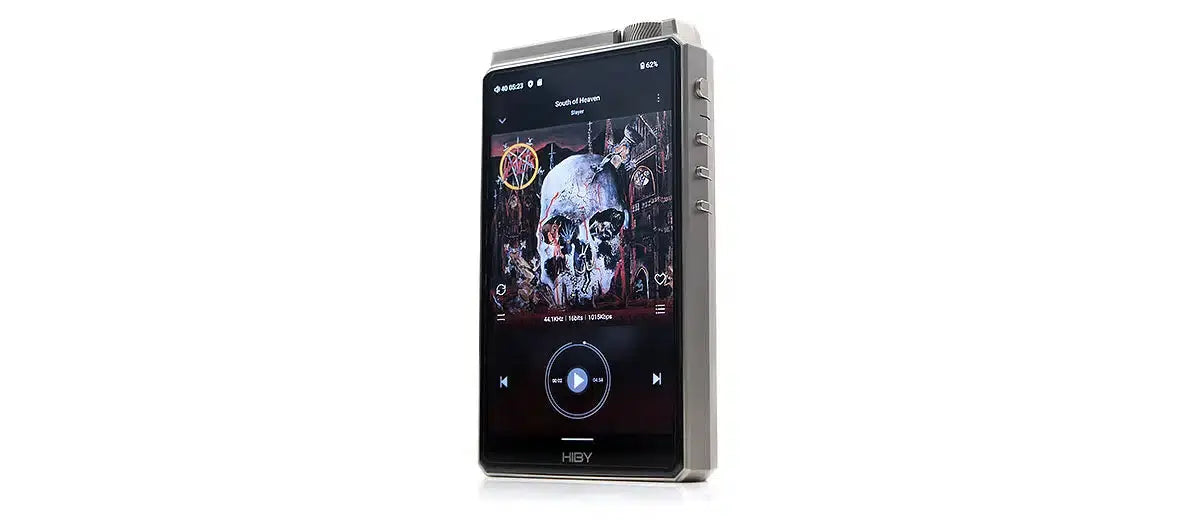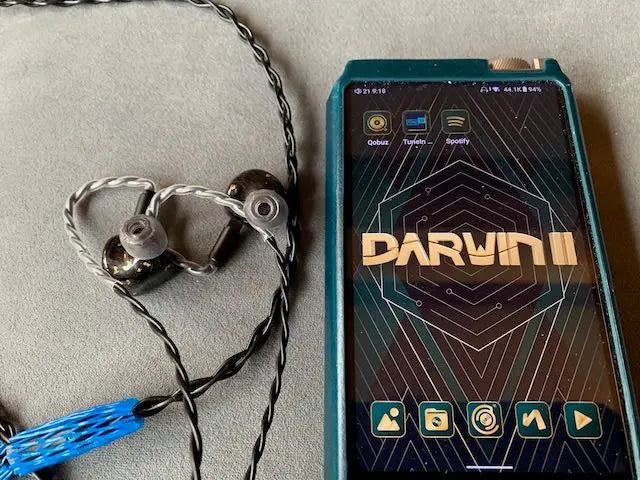I would like to thank HiBy for giving me early access to RS8 so I can fully prepare for this review ahead of its international launch. The views and opinions expressed in this review are entirely my own, and I have received no guidance or requests from HiBy whatsoever.
Introducing RS8
It’s been more than two years since HiBy released its first 8-series flagship DAP, R8. A year later, the Dongguan-based company announced its first foray into a whole new lineup of DAPs, based on a proprietary R2R technology architecture called Darwin, with RS6.
Today, as the sun is about to set on what’s been a very long and challenging year for many, the evolution of flagship and Darwin is here. RS8 is the culmination of many different design elements and technologies, some new, some appreciably improved. It’s the world’s first open Android R2R flagship DAP, and brings with it several other ‘firsts’, which I’ll cover below.
Where R8 impressed with its speed and functionality, and RS6 impressed with a fully-realised and mature R2R sound on a fast, modern platform, RS8 does all of that and more, matching and in some ways exceeding the sound performance of the very best music players available, while further pushing the envelope for Android DAP functionality.
It also adds a luxurious titanium shell that gives RS8 a premium look and feel to go with its premium features, adorned with genuine leather accessories that extend the premium theme beyond the player itself.
Of course, as with all things tech – and audio tech in particular – expectations are high, and the bar keeps rising every year. At $3,300, RS8 is HiBy’s most ambitiously-priced DAP, which, for a company whose flagships haven’t traditionally performed at the same level as other (albeit much higher-priced) flagships, is quite a big step. Does it do enough to justify the cost?
That’s just one of the questions I’ll be tackling in this review, so grab a cup of coffee and make yourself comfortable as I unwrap what promises to be one of the most interesting and innovative audio products of the year.

What’s new?
Since RS8 isn’t exactly a like-for-like update of an existing HiBy DAP, it’s probably not fair to compare it to what came before. However, since RS8 is based on the design language and form factor of the R8, and represents the next-generation of Darwin that debuted in RS6, it’s worth taking a look at what’s new and what’s changed now that RS8 is finally here.
Pure titanium frame
The most notable departure from R8 and RS6 is RS8’s monocoque titanium frame (don’t worry, I also had to Google ‘monocoque’). That means the entire frame is made up from a single milled block of titanium, supporting the entire weight of the internal components without any additional bracing or reinforcement. It can do this because titanium has the highest strength-to-weight ratio of any known metals, with the same strength as steel in a frame that’s 30% to 45% lighter.
RS8’s frame passes through six CNC stages with 17 different processes, and each individual chassis takes 19 hours of labour and polishing to complete. This partly explains why titanium is such an expensive construction material and is generally only found in premium products: up to 50% of the cost of titanium production comes from machining (the other half from sourcing the raw material, which is itself a relatively rare earth element).
Slide your fingers across the DAP’s metal surface and you’ll feel the difference in build quality and precision compared to R8’s much cheaper and lighter aluminum frame and even RS6’s anodised solid copper chassis. Turn the DAP over and you’ll be greeted with one of the most visually striking back plates I’ve seen on a DAP, etched to perfection with a classy angular pattern that almost looks three-dimensional in the light.
A word of caution, however: just because titanium is a light metal doesn’t mean RS8 is light. It weighs in at a hefty 590g, more than 120g heavier than either R8 or RS6, although it feels evenly balanced in hand, and most of the weight is due to the high-grade internal components and solid copper battery enclosure.
....



